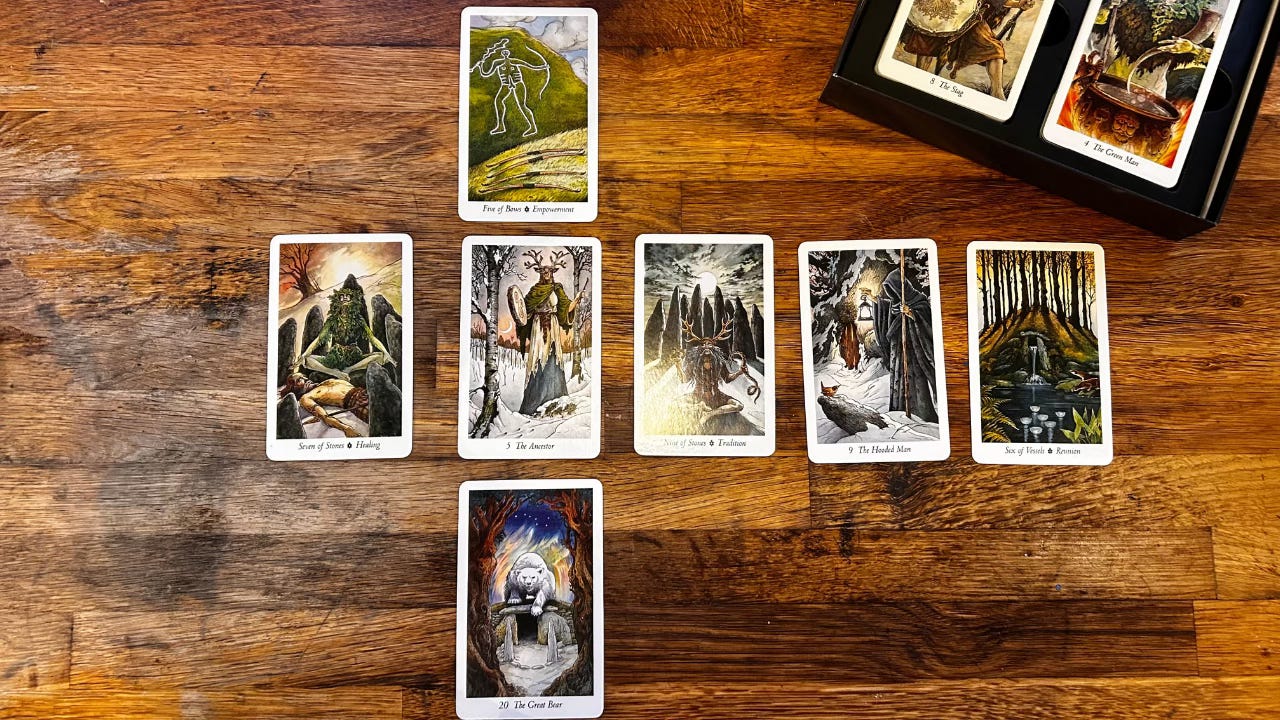Have you ever held a deck of Tarot cards and wondered about their strange and evocative images? These aren't your average playing cards. They're a window into a world of symbolism, intuition, and perhaps even a glimpse beyond the veil. But where did these fascinating cards come from, and how did they evolve from simple entertainment to powerful tools for divination and self-discovery?
The story begins in 15th-century Europe with decks known as trionfi (later tarocchi or tarocks). These weren't just for games, though they certainly served that purpose. Unlike regular playing cards, trionfi decks included a set of special trump cards – the trionfi themselves – depicting allegorical figures and scenes. Imagine miniature works of art representing concepts like Virtue, Fortune, Death, and The World. These cards weren't just about winning a hand; they hinted at deeper meanings.
Think of these trionfi as the ancestors of the Major Arcana, the most symbolic part of a Tarot deck. They acted like a permanent trump suit in card games, adding a layer of strategy. And it's interesting to note that similar named trump cards existed in other games like Karnöffel. It makes you wonder if those early card players were already sensing something more, perhaps a connection to older forms of fortune-telling.
A complete Tarot deck has 78 cards, divided into the Major Arcana and the Minor Arcana. We've talked about the Major Arcana's origins in the trionfi. The Minor Arcana, on the other hand, is closer to a regular deck of playing cards. It's made up of four suits: Swords, Wands, Cups, and Coins – the forerunners of our modern Spades, Clubs, Hearts, and Diamonds. Each suit has ten numbered cards (Ace to Ten) and four court cards: Page, Knight, Queen, and King.
Over time, these suits acquired deeper meanings. Swords became associated with intellect, conflict, and challenges. Wands represent creativity, action, and energy. Cups are linked to emotions, relationships, and feelings. And Coins (or Disks) typically connect to material matters, resources, and stability.
But Tarot is more than just a tool for predicting the future. Many people use it for self-reflection, exploring their inner landscape and gaining insights into personal challenges. It's a way to connect with intuition and tap into inner wisdom. The rich imagery also makes Tarot a fantastic tool for creative inspiration. Writers might use The Tower to represent a sudden upheaval in their story, while artists can use the colors and symbols to inspire their work. Even game designers use Tarot to create intricate character backstories or design entire game worlds. The creative potential is limitless.
So, how did Tarot make the leap from card game to divination tool? The exact timeline is a bit of a mystery, but the shift likely occurred in the 18th century, particularly in France, a hotbed of new ideas and a growing interest in the esoteric. The rise of occultism and esoteric movements played a significant role. Figures like Etteilla, a French cartomancer, popularized Tarot divination, developing unique interpretations and even his own deck. He saw Tarot as a powerful tool for understanding the human condition and connecting with deeper spiritual truths.
Alongside Etteilla, other important figures like Eliphas Lévi and Papus further developed and codified Tarot symbolism, connecting it to other esoteric traditions like astrology, Kabbalah, and alchemy. This was a period of intense interest in hidden knowledge, and Tarot, with its rich imagery, became a key part of that movement.
As interest in the occult grew, so did the interpretation of Tarot as a tool for fortune-telling and self-discovery. Secret societies like the Hermetic Order of the Golden Dawn, which counted prominent figures like Aleister Crowley among its members, contributed to this evolution. They incorporated Tarot into their system of magical teachings and rituals, assigning specific meanings and correspondences to the cards.
It was within this context that the Rider-Waite-Smith deck emerged. Created by A.E. Waite and illustrated by Pamela Colman Smith, this deck's clear and accessible imagery, combined with Waite's carefully considered symbolism, made it easier for people to learn and interpret the cards. Its accessibility and comprehensive symbolism have made it the standard for many Tarot readers, a foundational deck that has shaped the way we think about and use Tarot. It's like the Rosetta Stone of Tarot, helping us understand and interpret the symbolism of other decks.
From traditional decks based on ancient symbolism to modern and artistic interpretations, Tarot continues to evolve. It's become a shorthand for mystery, intuition, and the unknown – a visual language that speaks to something deep within us. It's a testament to the enduring power of these enigmatic cards, their journey from simple playing pieces to profound tools for self-discovery and creative inspiration.
Check out our episode on tarot here



